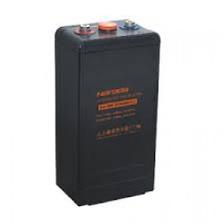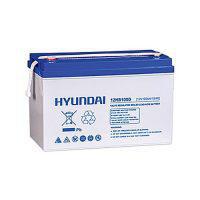Dry Battery Overview
In the contemporary world, almost everything is running on batteries. It would not be wrong if said that batteries are the engines of the modern world. Everything, from a kid's toy to the heavy vehicles, seems to be running on batteries. Withal, there is a different battery for every cause.
A dry cell battery is a portable electrical battery. Since their invention, dry batteries have covered the grounds that their predecessor i.e. wet batteries, could not. That is to say, a dry battery works better than a wet battery.
Principle
A dry battery works by converting chemical energy into electrical energy. It is said that dry batteries were developed from the Leclanché cell. A dry battery contains electrochemical cells which store the chemical energy and then convert it into electrical energy.
Operation
Dry batteries do contain electrolyte to carry out the electrochemical process, but it is in paste form to allow the flow of ions. The reaction mostly occurs between zinc and carbon or zinc and manganese dioxide.
The negatively charged zinc rod serves as an anode, whereas the inert carbon or manganese dioxide rod acts as an anode. In this way, polarity is formed between the electrodes, and electricity is conducted.
Medium
The medium or electrolyte of dry battery is of a pasty consistency. A typical dry battery uses ammonium chloride mixed with a zinc chloride solution. A high voltage dry cell battery probably uses a zinc chloride electrolyte.
Why is it better
After the wet Leclanché cell was invented it has various limitations to it. To counter those limitations, a dry cell battery or an AA battery was created.
Firstly, a wet cell uses liquid electrolytes and is quite fragile, making it difficult to handle.
With wet cells, there is a constant threat of spillage, but there is no such problem in dry cells. This means a dry cell contains enough moisture to keep the ions flowing.
Advantages
- An AA battery or a dry battery is long-lasting; it is a portable energy carrier and can withhold harsher treatment when compared to wet cells, which are much more volatile. The hanging glass rods in it are easily breakable.
- Unlike lead-acid batteries, an AA battery doesn't need water to be added periodically.
- Dry batteries are not environmentally hazardous as no poisonous gases escape from the cell, however, like other batteries, they can be dangerous if disposed and not recycled.
- When used as a primary cell, a dry battery can contain charge for more extended periods of time. Reducing the need for replacement.
- The durability of the dry battery is a proof that it has a great many benefits as compared to its compact build.
Types
There are various kinds of dry cell batteries. A dry battery can either be used as primary that are non-rechargeable and are meant to be disposed off after single-use or as secondary batteries, which are rechargeable.
Primary Dry Batteries
They are mostly available in sizes of 1.5 to 9 volts.
Zinc-Carbon
Batteries need optimum temperature for proper functioning. They are mostly found in toys, remote controls, and torches.
Zinc-Chloride
Batteries have better temperature resistance and longer shelf life.
Alkaline
Batteries are expensive as they have a greater current carrying capacity.
Lithium
Batteries are used in expensive equipment like digital cameras and alarm systems. They perform better than other primary dry cells.
Secondary Dry Cells
They are 1.2-8.4 volts.
Nikel-Cadmium
Battery supply high current. They have a steady voltage discharge.
NiMh
Batteries don’t have a memory effect phenomenon and have high output.
Rechargeable Lithium-ion
Battery is used in laptops, and they have voltage up to 3.7V.
Daewoo, AGS, and Homage dry battery price in Pakistan is reasonable.











